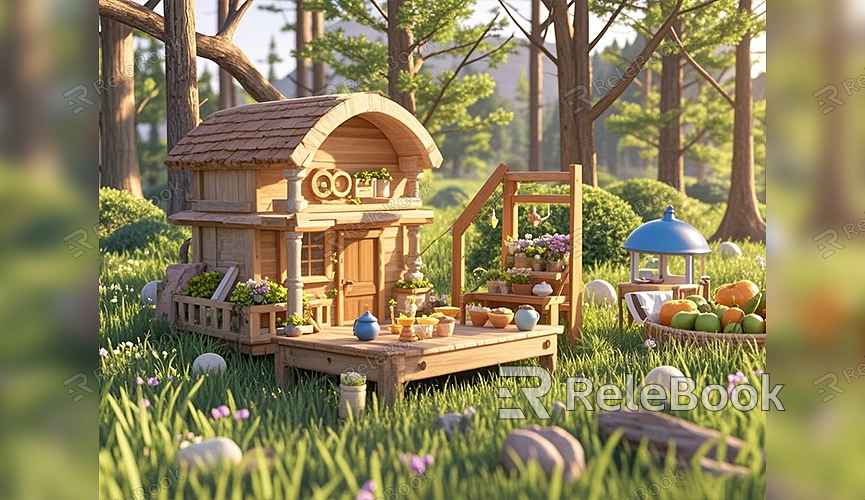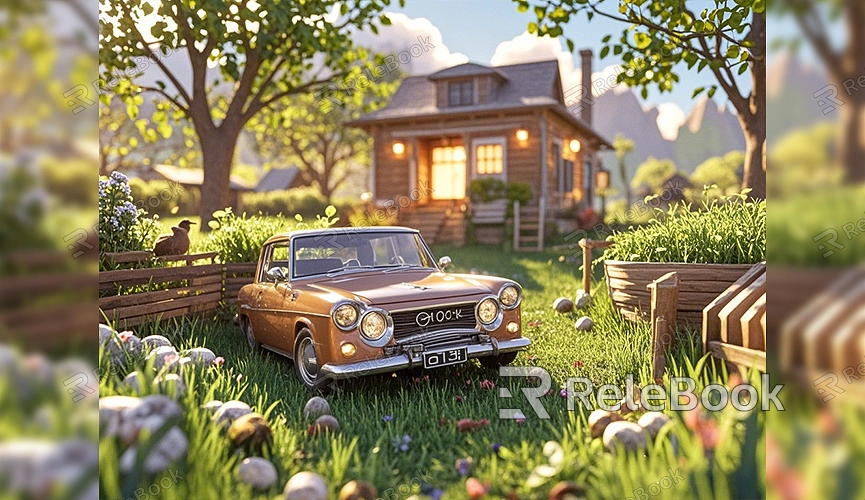How to Render in Blender Octane
Blender is a powerful open-source 3D modeling and rendering software, and Octane Render is a ray-tracing engine designed for users seeking high-quality rendering results. Using Octane can elevate the detail, lighting, and material representation of your 3D models. This guide will walk you through the process of using Octane in Blender, from installation and setup to optimizing your render results.
Installing and Configuring Octane Render
To use Octane Render in Blender, you first need to install the Octane plugin. Visit the OctaneRender website to download the version of the plugin compatible with Blender. After installation, enable the Octane plugin in Blender's "Preferences." Once enabled, you’ll find the "Octane" option in Blender's render settings, where you can select it as the default render engine.

When configuring Octane, you should adjust some basic settings to suit your hardware and project needs. Start by selecting your preferred GPU in the “Devices” tab, which will significantly speed up rendering. Next, in the “Performance” tab, adjust the sampling rate and maximum bounces for light, as these parameters directly impact rendering quality and time.
Setting Up Scene Lighting and Materials
Lighting is crucial when using Octane Render. Octane employs a physics-based lighting model, which accurately simulates real-world lighting effects. Enhance your scene’s realism by adding environment lighting (HDRI) and physical lights.
HDRI textures are an effective way to provide comprehensive natural lighting for your scene. By importing high-quality HDRI files, every object in Blender will be illuminated in a more realistic manner. If you need a variety of high-quality 3D textures and HDRI images for creating models and virtual scenes, you can download them for free from [Relebook](https://textures.relebook.com/), which offers a broad range of resources.
In terms of materials, Octane supports a node-based material system that allows for the creation of complex and realistic materials. By combining properties like diffuse, reflection, and refraction in the material nodes, you can simulate various material effects such as metal, glass, and water. Octane also supports “caustics,” which generates realistic light interactions when light passes through transparent materials.

Optimizing Render Settings
To achieve the best rendering results, you need to tweak Octane’s render settings. Sampling rate is a key parameter affecting render quality. Higher sampling rates reduce noise and result in smoother renders, but they also increase render times, so you need to balance quality with efficiency based on your needs.
Additionally, the number of light bounces determines how many times light is reflected or refracted in the scene. Increasing light bounces can enhance image detail and lighting effects, especially when dealing with complex materials like glass or metal surfaces. You can also enable the “Caustics” option to achieve more realistic light penetration effects.
To further reduce render times, you can enable the “Denoise” feature. Octane includes powerful denoising algorithms that can cut render times without significantly degrading image quality. This feature is especially useful with high sampling settings, helping to retain detail while minimizing render time.
Rendering and Output
Once all settings are adjusted, you can start the rendering process. Choose “Render Image” or “Render Animation” from the Blender “Render” menu, and Octane will process and generate the final image or video file based on your settings. You can select the resolution, format, and save path for the image in the “Output Properties” panel. For high-resolution outputs, such as 4K or higher, is recommended to ensure image clarity.
After rendering, you can use Blender’s compositing tools for further image enhancement. Adjusting brightness, contrast, and color can help achieve the desired effect. If you need to add more details or backgrounds to your model, consider downloading high-quality 3D models from [Relebook](https://3dmodels.relebook.com/). Relebook offers a wealth of premium 3D resources that can enhance the visual quality of your work.
Using Octane Render in Blender can help you achieve higher-quality 3D renderings. Each step—from installation and configuration to lighting, material setup, and optimization—affects the final output quality. By mastering these techniques, you can apply them effectively in your projects and create stunning results. If you need high-quality 3D textures and HDRI images, download them for free from [Relebook](https://textures.relebook.com/). For exquisite 3D models, visit [Relebook](https://3dmodels.relebook.com/), which provides a vast collection of premium 3D resources. I hope this guide helps you with your rendering work in Blender.

